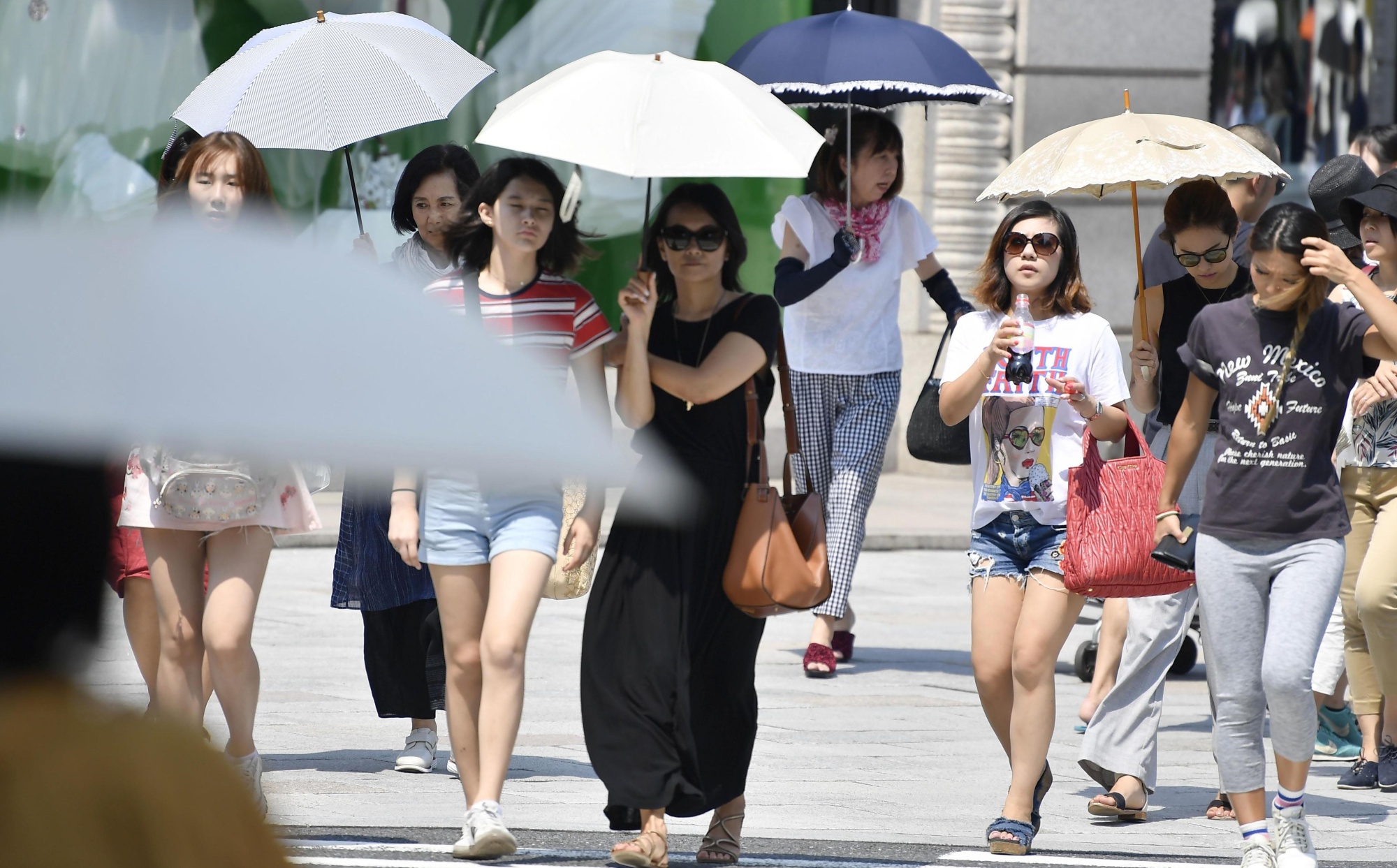Heatstroke and Heat Exhaustion: What You Need to Know

You may not feel it, but right now your body is hard at work to maintain a healthy temperature: warm enough to ward off infections, cool enough to maintain your metabolism.
When it’s hot out, it’s important to keep that healthy temperature stable. Hot weather isn’t just uncomfortable—it can be downright dangerous.
The first step to keeping yourself safe: Know the signs of heat exhaustion and heatstroke.
Heat Exhaustion
Heat exhaustion is the precursor to the more serious condition of heatstroke, and is a direct result of the body overheating.
Symptoms of heat exhaustion include:
- Heavy sweating
- Rapid pulse
- Dizziness
- Fatigue
- Cool, moist skin with goose bumps while in a warm environment
- Muscle cramps
- Nausea
- Headache
When these symptoms kick in, get out of the heat immediately and rest. Drink water or a sports drink. Try to cool down with a cool shower, soak in a cool tub, or put cold towels on your skin. Also, loosen your clothes and remove any unnecessary or tight clothing.
Heatstroke
Heatstroke is more serious, and requires immediate medical attention. Call 911 if someone is experiencing heatstroke.
Symptoms of heatstroke include:
- High body temperature, but no sweating
- Blurred or double vision
- Headache
- Muscle cramps
- Vomiting
- Nausea
- Dizziness
- Hot, dry, flushed skin
- Delirium and unconsciousness can occur as condition progresses
Once you’ve called the emergency hotline, remove the person’s clothing and sponge them down with cool water or put them into a cool bath. Continue this until their temperature decreases—and never try to give water or other fluids to someone who is unconscious.
Preventing heat exhaustion and heatstroke
It’s important to remember that you don’t necessarily have to be doing strenuous exercise outside to develop heat exhaustion or heatstroke. Being in a hot, unventilated room is enough to trigger these conditions, as the temperature can be even hotter than outside. Children and older people are especially vulnerable.
People don’t recover quickly from heatstroke. While the key is bringing body temperature down, the body’s regulatory system can be thrown out of whack and take a long time to recover.
- Drink plenty of water even if you don’t feel thirsty, and know when water isn’t enough. If you’re out working or playing in the heat—especially students at sports practice at the beginning of the school year—you may need to consider a sports drink that will replace the salt and electrolytes in your blood stream.
- Don’t leave anyone in a parked car—not a child, pet, or adult. Even on an 88 degree day, the inside of the car can spike to well over 100 degrees in a relatively short period of time.
- Stay out of the sun from 10 am to 3 pm when heat is usually strongest.
- Reduce outdoor physical activity on hot days.
- Wear a wide-brimmed hat and loose-fitting clothes in light colors.
- Set the thermostat to between 75 and 80. If you don’t have air conditioning, seek out local cooling centers, a mall, or a movie theater that does.
- Avoid diuretics like alcohol and caffeine.
- Wear sunscreen that is at least SPF 15 if you go outside in the sun and reapply often.
- Check on your neighbors. People who are elderly, young, or sick may be at greater risk in hot weather.
- Don’t forget your pets! Make sure they have plenty of fresh water and somewhere cool to wait out the hot weather.

























